Looking for the best cameras for timelapse videos? You’re in the right place. Using individual images taken over time and played back at normal speed, time-lapses create engaging and dramatic ‘motion pictures’. Timelapses help to reveal a movement in scenes that our eyes cannot see, speed up movement, or demonstrate the passage of time.
The longer the interval between shots, the faster moving subjects, like stars or clouds, appear to move in the finished timelapse video. To create the ultimate timelapse sequences you need to keep the camera perfectly still. Check out our guide to the best travel tripods for something lightweight or the best tripods overall for something sturdier. You’ll also need to ensure your memory card capacity is large enough to handle the number of shots required for the length of your timelapse.
We’ll be focusing on DSLR and mirrorless cameras as opposed to Action Cameras or purpose-built timelapse cameras such as the GoPro Hero 10 or the Brinno TLC130 as these don’t lend themselves as well to other types of shooting such as astrophotography.
Best overall
This camera’s 45.7-megapixel power, high resolution and ISO capability give the photographer creative control over choices to create the best timelapse sequences.
The D850 can shoot high resolution (4K) and ultra-high resolution (8K). When shooting 4K the camera stitches the images together internally into one file that can be viewed on the LCD or edited later. In 8K, the images will be saved for stitching together with third-party software.
Also, silent shutter mode holds the mirror open after the first shot which reduces any vibrations, resulting in sharper images, and also helps preserve battery power. This is a massive advantage to getting smooth time-lapses. Enabling this, as well as exposure smoothing, is ideal for astrophotographers. The exposure system can meter low light in modes such as aperture-priority making it ideal for use around twilight and after dark.
Best for versatility
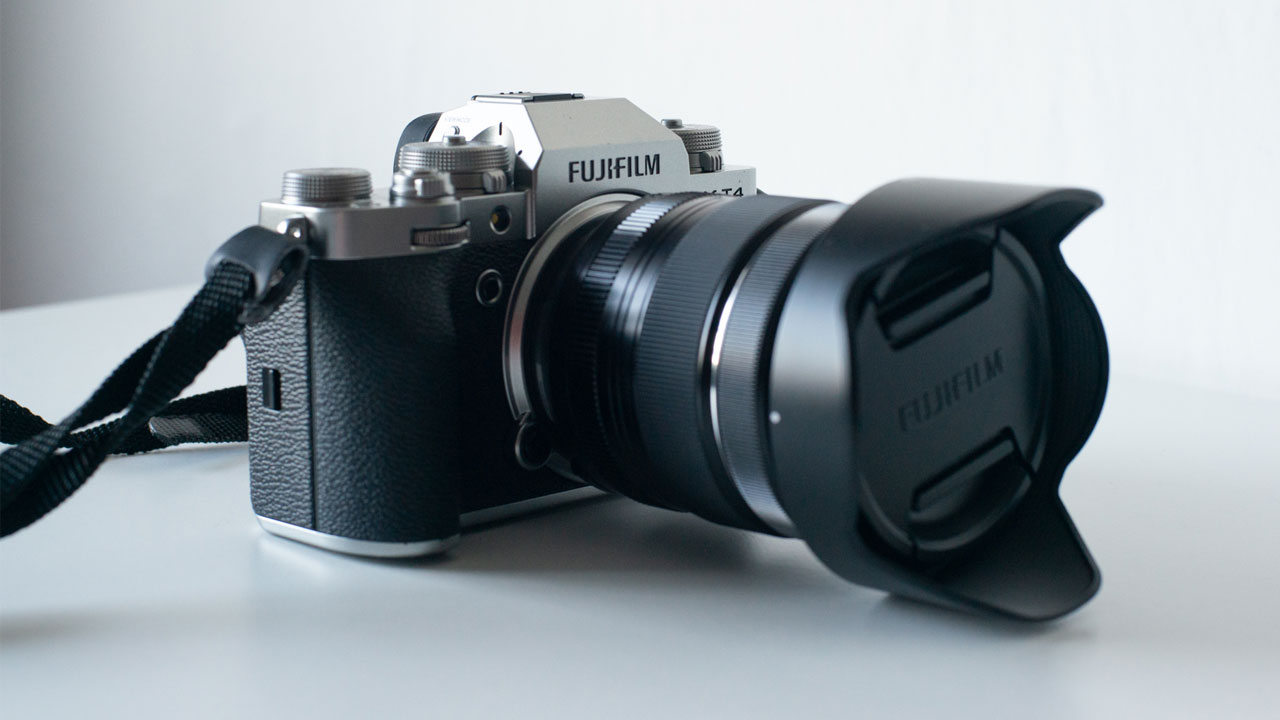
At just over two years old, the stylish Fujifilm X-T4 features a built-in intervalometer for interval shooting, as well as a dedicated timelapse movie mode. The X-T4 also gives you the option to select Still and Time-lapse movie mode. This not only stitches the timelapse together for you into a video but also saves all of the images separately, giving you the option of ease or creative control. The X-T4 can record timelapse movies in 4K and Full HD.
Other benefits include the option to delay your interval shooting by up to 24 hours, and exposure smoothing to ensure that changes in exposure don’t happen too quickly so as to avoid flickering.
Best for budget conscious
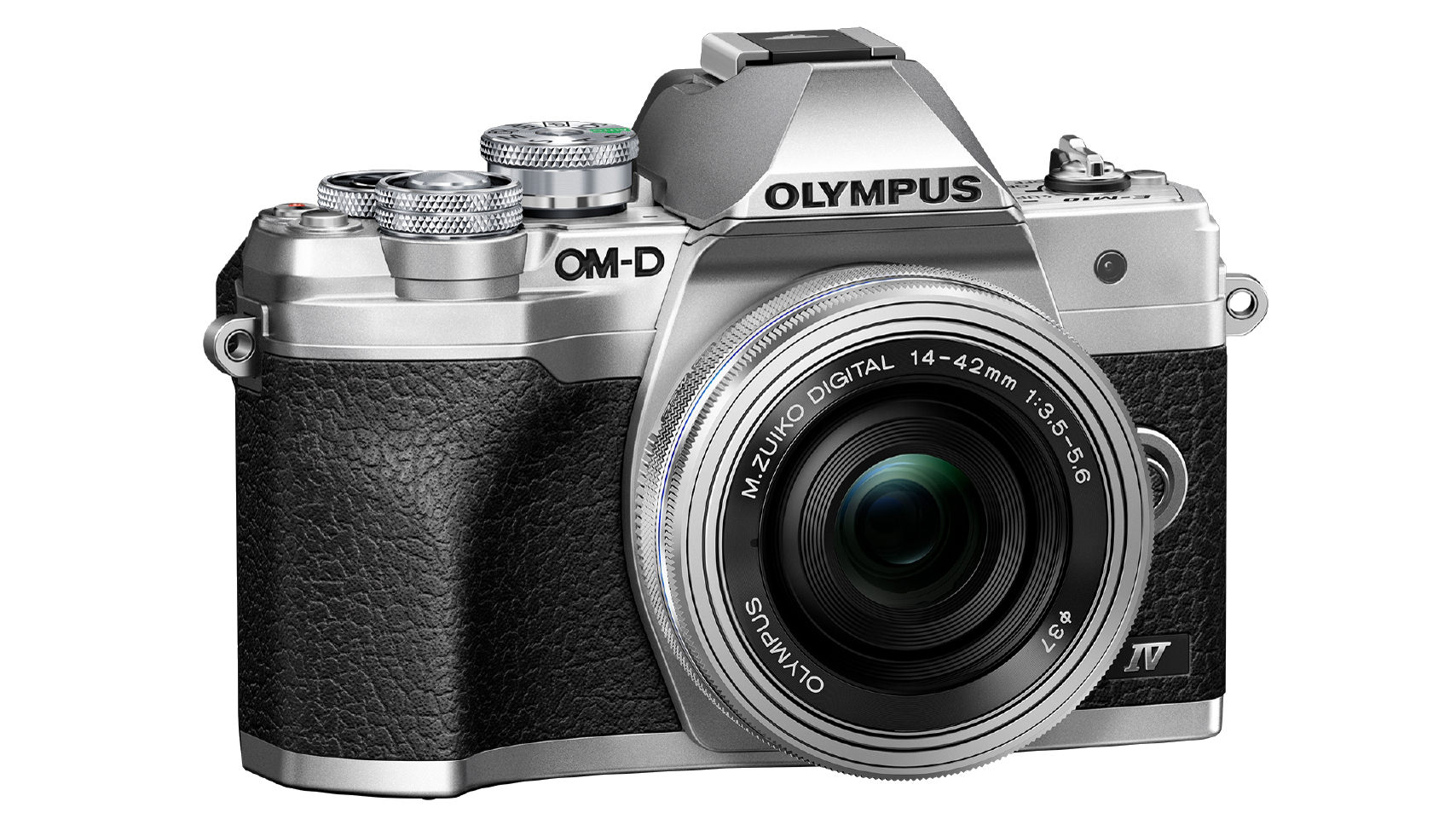
Also featured in our best beginner camera list, the Olympus OM-D E-M10 Mark IV makes shooting timelapse videos a breeze and gives options for 4K, 1080p and 720p via its built-in intervalometer. Most Olympus cameras offer this option for interval shooting and timelapse movies, but we’ve included the OM-D E-M10 Mark IV because of its affordability and versatility for other types of shooting too. This makes it suited to those looking to take their photography more seriously or with a more modest budget.
You can shoot up to 999 frames, choosing your own interval time and desired resolution. The timelapse setting is handily found on the first page of the camera’s menu, unlike some cameras which bury this away. And it has a Micro Four Thirds mount so is compatible with an extensive range of Olympus and Panasonic lenses.
Best for long shoots
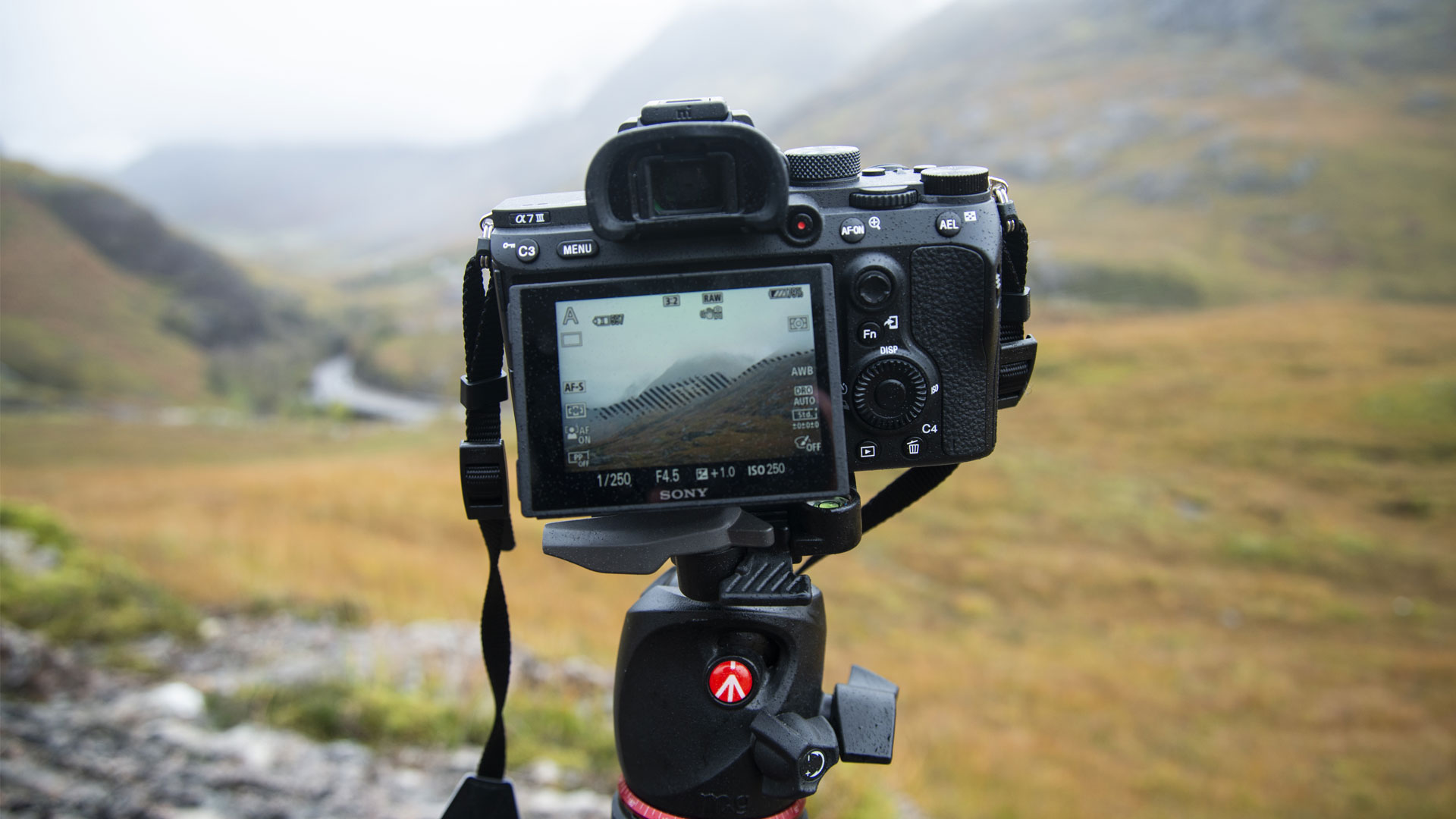
The performance of this camera is on par with some of Sony’s more expensive models. We rated it as one of the best cameras for astrophotography because its low-light capability is a dream for astrophotographers. This camera’s 10FPS is more than enough speed for most shooters, and its battery life of 710mAh is well above average for a camera of this type and price.
You can use the Sony a7 iii to shoot difficult daytime to nighttime timelapses, it can handle the changing exposures with ease in aperture priority mode. Timelapse setup is simple. Turn interval shooting on, set min and max settings for auto ISO, dial in the number of shots and the time (the interval) you want in between them and then just press the shutter button and let it do its thing.
The intervalometer will keep the aperture in the same place throughout the whole timelapse to minimize any flicker you’d otherwise get if the aperture blades were opening and closing. It will also keep the focus point the same throughout the sequence.
Best for enthusiasts
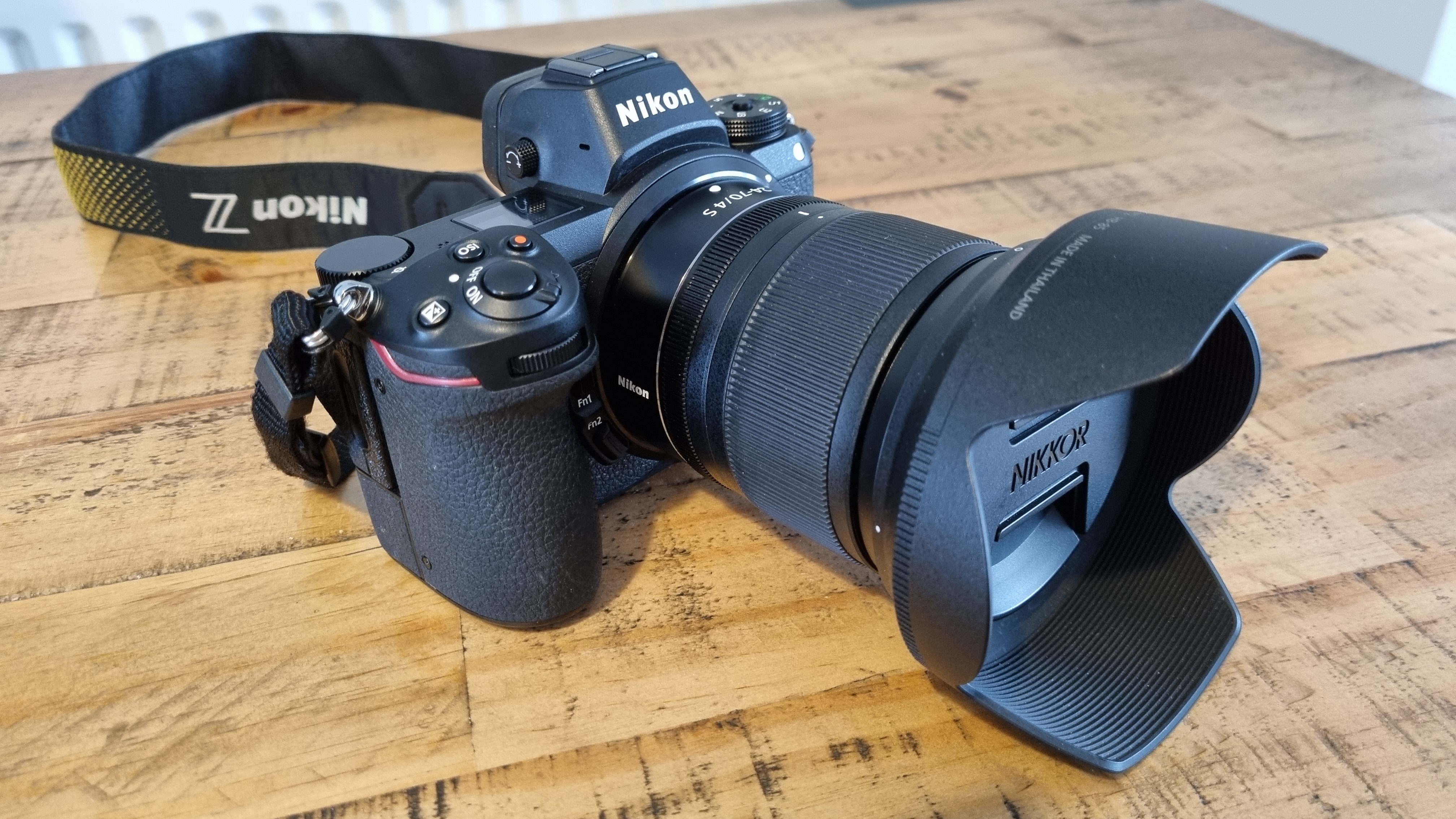
We’ve already reviewed the Nikon Z6 and how it stacks up when using it for astrophotography but we feel it deserves to be on this list too.
There are four functions of the Z6 which make it one of the best cameras for timelapse photography. The first is the in-built interval timer which negates the need for a remote release. The exposure smoothing prevents abrupt changes to exposure which in turn stops unwanted flickering and jumping lens flares. Silent shooting means the mechanical shutter is locked up so we don’t have to worry about this creating unwanted movement.
Finally, the Z6 enables you to create a 4K in-camera timelapse video within the camera, with no need for post-stacking.
The Z6 body is robust and fully weather-sealed, you’ll be able to remain outside in moderate rain or wind for a few hours before experiencing any issues
Best for beginners
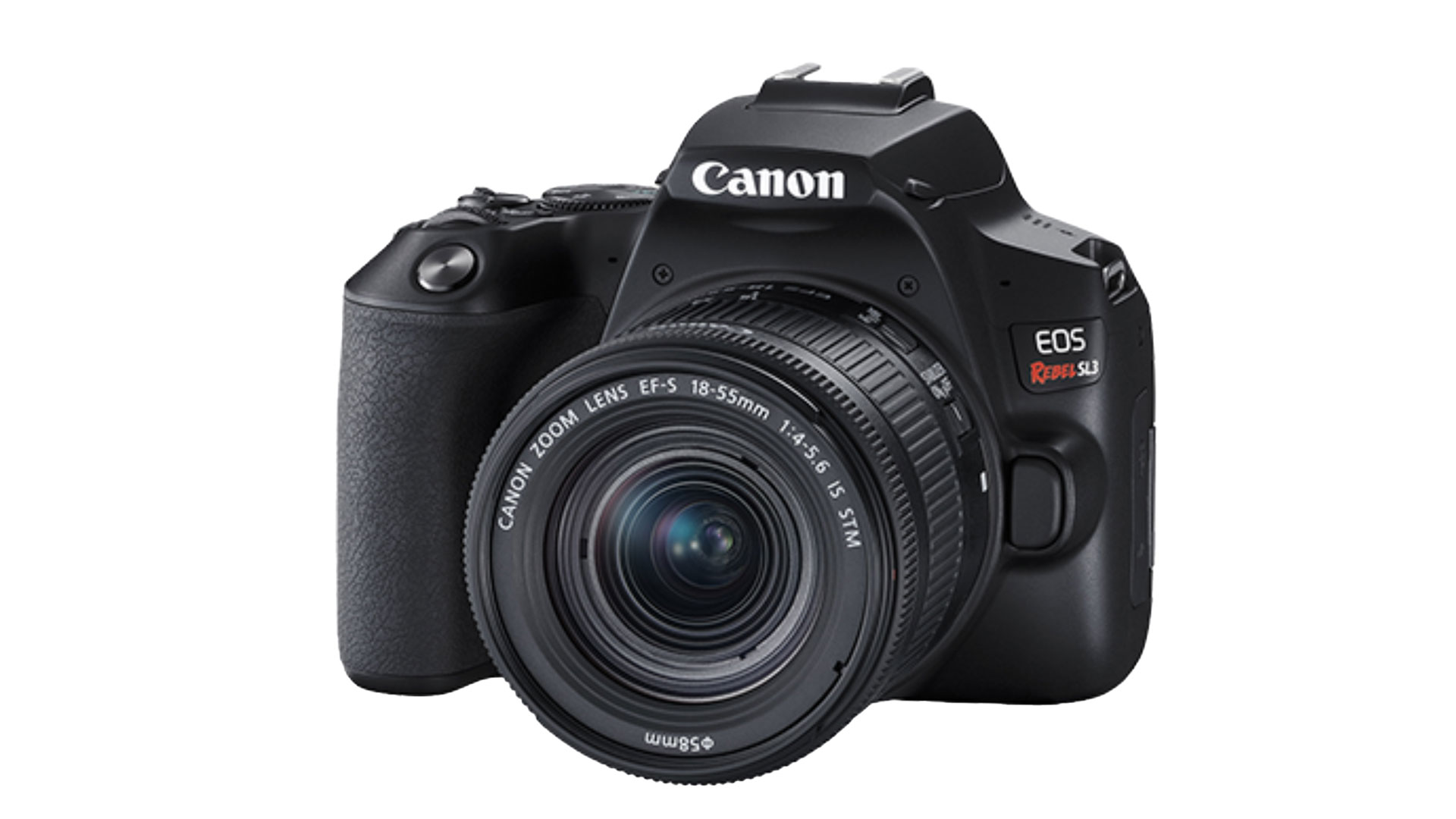
The entry-level, simple-to-use Canon EOS Rebel SL3 (aka the EOS 250D) has an inbuilt 4K time-lapse movie mode. It works just the same as an intervalometer, just choose how many frames you want to take and how long the gap should be in between each one. You can select whether you want the SL3 to automatically expose each shot, or keep the settings for the first shot and use them for all subsequent shots. The latter is only useful if the lighting conditions won’t change much and wouldn’t be suitable for day to night photography, for example.
Unlike using an intervalometer, the 250D will automatically create the timelapse for you as one file without the need for stitching post-shoot, minimizing workflow. The timelapse can then be instantly shared using the inbuilt Bluetooth or WiFi.
The vari-angle touch screen enables you to frame and focus your shot and the battery, according to CIPA standard, is enough to provide enough power for 1070 images when using the optical viewfinder.

